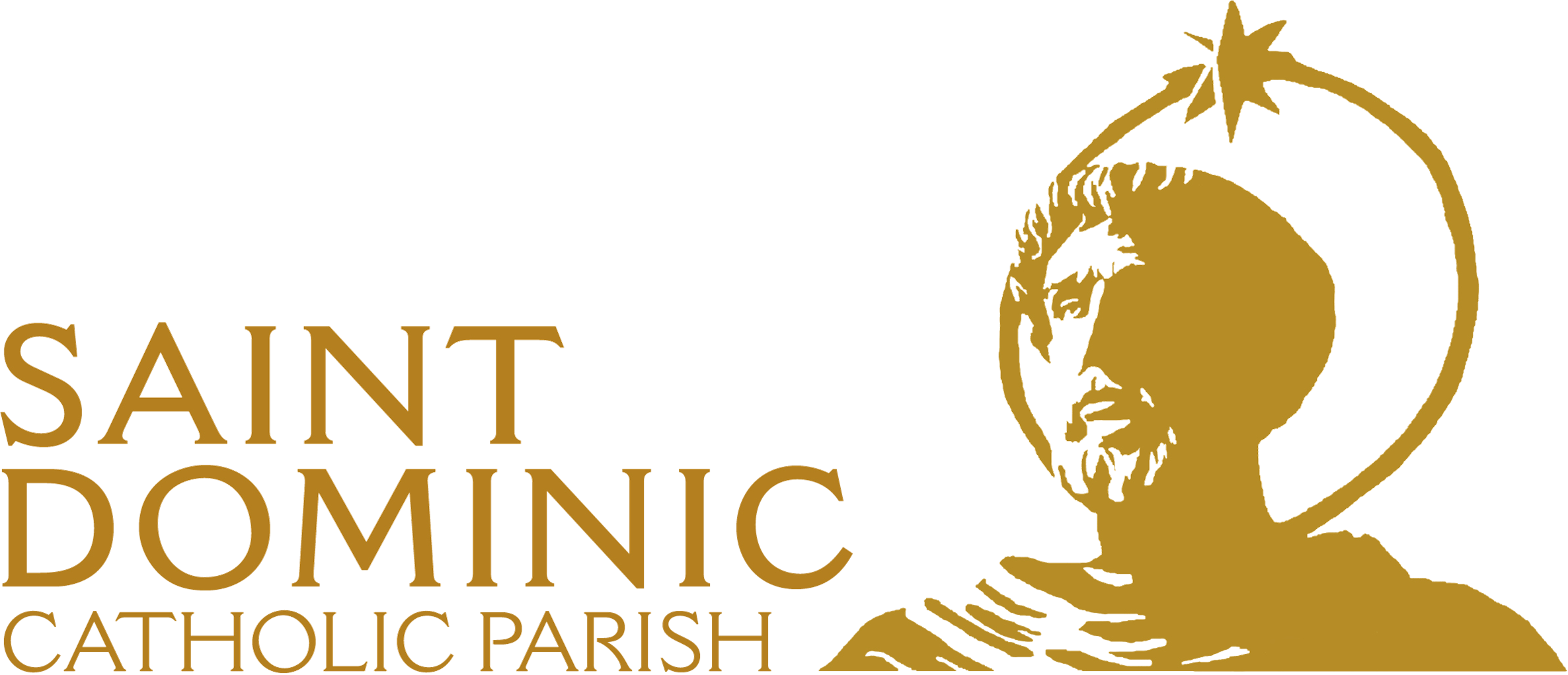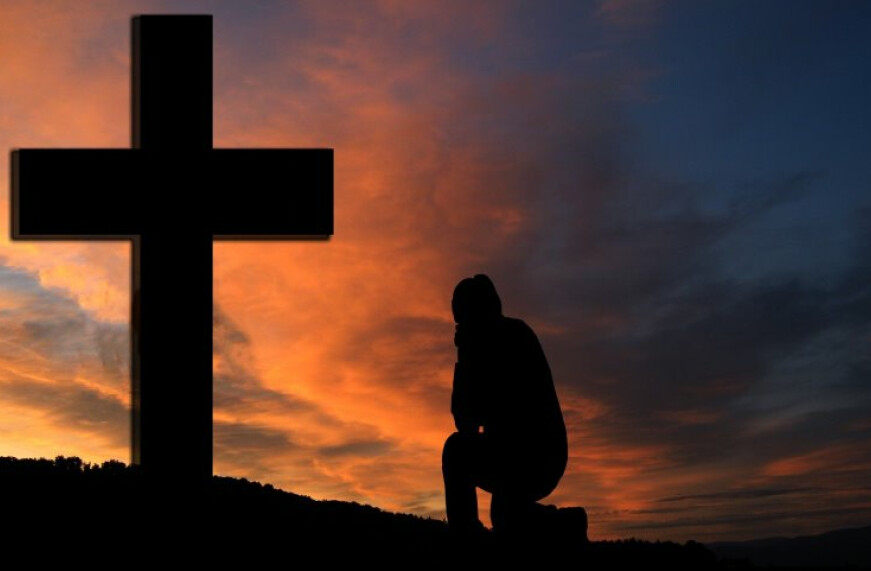Sign of the Cross

We begin the Mass and every prayer with the Sign of the Cross.
The Sign of the Cross is uniquely Catholic. If you have ever prayed with another Christian, you may have noticed that they do not begin or end with the signing themselves. So, if you see someone make the sign of the cross, they are almost always Catholic.
With any outward action, there is something being expressed, and something being internalized. When we make the Sign of the Cross, we are not only expressing that we are Catholic, but also what we believe. We express our belief in the Triune God, that God is a Trinity, Father, Son and Holy Spirit. We have been saved by Christ and his cross.
What is being internalized when we make the Sign of the Cross are many things, but I want to focus on the three which reflect the action we do. When we make the Sign of the Cross we begin by touching our forehead, a reminder to us that we are called to know God, we then touch our chest which contains the heart, we are called to love God, finally we touch our shoulders, we are called to serve God as we carry the Gospel upon us.
You can see why this is a perfect way to begin Mass and every prayer. For every prayer helps us to know God more, love him more, and be inspired to serve him more.
Romano Guardini, who was a priest, had this to say about the sing of the cross:
“It is the holiest of all signs. Make a large cross, taking time, thinking what you do. Let it take in your whole being—body, soul, mind, will, thought, feelings, your doing and not-doing—and, by signing it with the cross, strengthen and consecrate your whole self in the strength of Christ, in the name of the triune God.”


